Home> Technical Articles> Maintenance Tips for Prolonging the Life of Single Row Cylindrical Roller Bearings
- AddressNo.1875 East Changjiang Road, New District, Wuxi, Jiangsu,China
- Factory AddressNo.1875 East Changjiang Road, New District, Wuxi, Jiangsu, China
- Worktime9:00-18:00
- Phone(Working Time)86-510-85310167
1 Introduction
Single row cylindrical roller bearings are vital components in a wide range of industrial applications, playing a crucial role in ensuring the smooth and efficient operation of machinery and equipment. These bearings are designed to withstand heavy radial loads, making them indispensable in industries such as automotive, manufacturing, and construction.
To understand the significance of proper maintenance, we must first grasp the fundamentals of single row cylindrical roller bearings, their functions, and common applications. As we progress through this article, we will explore various factors that influence bearing lifespan, delve into best practices for lubrication, delve into inspection and monitoring procedures, and provide valuable insights into handling, installation, and troubleshooting.
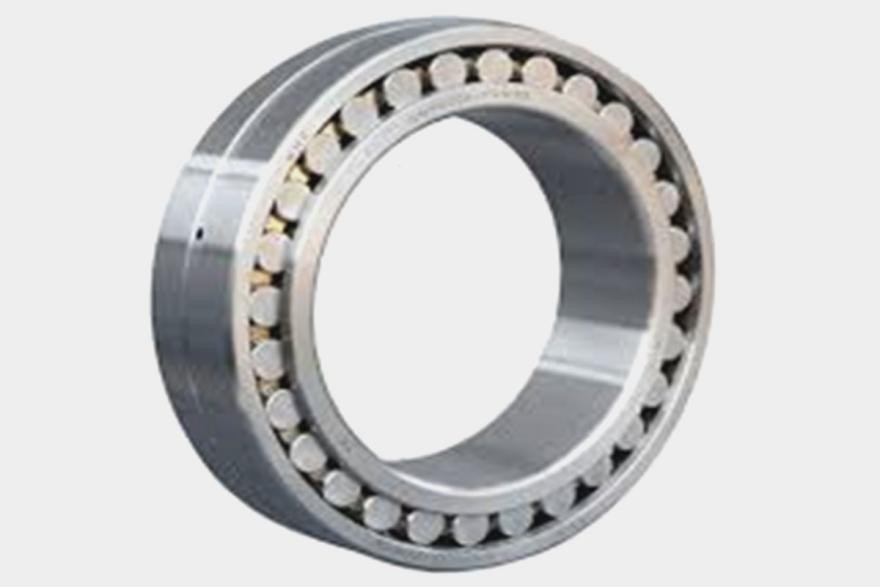
2 Factors Affecting Bearing Lifespan
Single row cylindrical roller bearings are robust components designed to endure heavy-duty loads and demanding industrial environments. However, their longevity can be significantly affected by various factors that demand careful consideration during maintenance.
|
Load Capacity |
One of the primary factors affecting the lifespan of single row cylindrical roller bearings is the load they are subjected to. Bearings operating under excessive loads are at a higher risk of premature wear and failure. It is essential to ensure that the bearings installed can handle the specific loads in your application. Oversized or undersized bearings may result in reduced lifespan and increased maintenance requirements. Regularly inspect the load distribution and make adjustments as needed. |
|
Speed and RPM (Revolutions Per Minute) |
The rotational speed of the machinery and the bearings themselves is another critical factor. High-speed applications can generate excessive heat and friction, leading to premature wear. Conversely, low-speed applications may result in insufficient lubrication, causing increased friction and wear. It is crucial to select bearings that match the intended speed range and ensure proper lubrication and cooling mechanisms for high-speed operations. |
|
Temperature Conditions |
Temperature plays a significant role in bearing performance. Extreme temperatures, whether hot or cold, can affect the material properties of the bearings and the lubricants used. In high-temperature environments, bearings may experience reduced hardness, leading to increased wear. Conversely, in cold conditions, lubricants may thicken and become less effective. Employ temperature control measures and select appropriate bearing materials and lubricants to mitigate the impact of temperature variations. |
|
Lubrication |
Proper lubrication is paramount in extending the life of single row cylindrical roller bearings. Inadequate or over-lubrication can lead to bearing damage. It is essential to follow the manufacturer's recommendations for lubrication intervals and the type of lubricant to use. Regularly monitor lubrication levels and quality, ensuring that bearings are adequately protected from friction and wear. Utilize automatic lubrication systems where applicable to maintain optimal lubrication levels consistently. |
|
Environmental Contaminants |
The presence of contaminants such as dust, dirt, and moisture can accelerate bearing wear and reduce their lifespan. Implement effective sealing and shielding mechanisms to protect bearings from external elements. Regularly inspect and clean bearings to prevent the buildup of contaminants that can compromise their performance. |
Understanding these critical factors that influence the lifespan of single row cylindrical roller bearings is essential for effective maintenance. By addressing load capacity, speed, temperature conditions, lubrication, and environmental contaminants, you can significantly enhance the durability and reliability of these essential components in your machinery and equipment.
3 Proper Lubrication Techniques
Proper lubrication is a cornerstone of bearing maintenance and is integral to extending the life of single row cylindrical roller bearings.
The Importance of Proper Lubrication:
Proper lubrication serves several essential functions in bearing maintenance:
|
Reducing Friction |
Lubrication creates a thin film between the rolling elements and the raceways, reducing friction and minimizing wear and tear on the bearing surfaces. |
|
Heat Dissipation |
Lubricants help dissipate heat generated during operation, preventing overheating that can lead to premature bearing failure. |
|
Contaminant Protection |
Lubricants act as a barrier, preventing contaminants like dust, dirt, and moisture from entering the bearing, thus maintaining a clean and protected environment. |
|
Corrosion Prevention |
Lubricants provide corrosion protection, particularly in environments with high humidity or exposure to corrosive substances. |
Types of Lubricants:
Several types of lubricants are suitable for single row cylindrical roller bearings. The choice of lubricant depends on the application, operating conditions, and load. Common lubricants include:
|
Grease |
Grease is a popular choice for its ease of application and ability to stay in place. It consists of oil suspended in a thickener. Grease provides good protection against contamination and is suitable for low to moderate-speed applications. |
|
Oil |
Oil lubrication offers superior heat dissipation and is ideal for high-speed applications. There are various types of bearing oils available, such as mineral oils, synthetic oils, and specialty oils tailored to specific conditions.
|
|
Solid Lubricants |
In some specialized applications, solid lubricants like graphite or molybdenum disulfide may be used for their self-lubricating properties. |
Step-by-Step Lubrication Instructions:
Proper lubrication of single row cylindrical roller bearings involves the following steps:
1. Cleanliness: Ensure that the bearing, surrounding components, and tools are clean and free from contaminants before beginning the lubrication process.
2. Lubricant Selection: Choose the appropriate lubricant based on the application and operating conditions, as mentioned earlier.
3. Quantity: Determine the correct amount of lubricant required based on the bearing size, type, and manufacturer recommendations. Avoid overfilling, as excess grease or oil can lead to overheating.
4. Lubrication Points: Identify the lubrication points on the bearing. Most bearings have grease fittings or oil ports for easy access.
5. Application: Apply the lubricant evenly to the bearing surfaces. For grease, use a grease gun to inject the lubricant. For oil, use an oiler or lubrication system as recommended.
6. Rotation: After lubrication, rotate the bearing to ensure that the lubricant is evenly distributed throughout the bearing's interior.
By following these proper lubrication techniques, you can ensure that single row cylindrical roller bearings receive the necessary lubrication to reduce friction, dissipate heat, protect against contaminants, and extend their operational lifespan. Properly lubricated bearings contribute significantly to machinery reliability and longevity.
4 Regular Inspection and Monitoring
Regular inspection and monitoring play a pivotal role in ensuring the longevity and reliable performance of single row cylindrical roller bearings.
Importance of Regular Inspections:
Regular inspections are akin to health check-ups for bearings. They allow early detection of wear, damage, or potential issues that, if left unaddressed, could lead to costly breakdowns and downtime. Here's why regular inspections are essential:
1. Early Problem Identification: Inspections enable the timely identification of early signs of wear, misalignment, or contamination, allowing for proactive corrective action.
2. Cost Savings: Detecting and addressing issues in their infancy is more cost-effective than dealing with major failures that may necessitate bearing replacement and extensive machinery repairs.
3. Extended Lifespan: Regular inspections and timely maintenance can significantly extend the lifespan of single row cylindrical roller bearings, minimizing the need for frequent replacements.
The Inspection Process:
Visual Checks:
Visual inspections are the initial step in assessing the condition of the bearings. During visual checks, the following aspects should be examined:
1. Lubrication: Ensure that the lubrication is adequate and evenly distributed. Look for signs of over-greasing or under-lubrication.
2. Seals and Shields: Examine the seals and shields for any signs of damage or wear. Ensure they are intact to prevent contaminants from entering the bearing.
3. Mounting and Alignment: Inspect the bearing's mounting and alignment to ensure it is secure and correctly positioned. Misalignment can accelerate wear.
4. Abnormal Noises: Listen for unusual noises during operation, which can indicate bearing issues.
Measurements:
Precise measurements are crucial for assessing the bearing's condition accurately. Use instruments like calipers, micrometers, and vibration analysis tools to measure:
1. Radial Play: Measure the radial play, also known as clearance, to determine if it falls within the manufacturer's specified range.
2. Temperature: Monitor the bearing's operating temperature, as a sudden rise can indicate problems.
3. Vibration Levels: Conduct vibration analysis to detect irregularities that may signal bearing wear or imbalance.
4. Load Distribution: Assess the load distribution to ensure it matches the bearing's design parameters.
Role of Preventative Maintenance:
Preventative maintenance is the cornerstone of bearing care. It involves regular lubrication, cleaning, and replacement of worn components before they fail. By following a well-defined maintenance schedule and addressing issues identified during inspections promptly, you can proactively prevent costly breakdowns and maximize the service life of single row cylindrical roller bearings.
In conclusion, regular inspection and monitoring are indispensable practices in the maintenance of single row cylindrical roller bearings. Early problem identification, cost savings, and extended bearing lifespan are the rewards for conscientiously conducting inspections and measurements. By integrating preventative maintenance into your operational processes, you can ensure the continued reliability of your machinery and equipment.
5 Installation Best Practices
Proper installation of single row cylindrical roller bearings is a crucial step in ensuring their longevity and optimal performance. In this section, we will outline the best practices for installing these bearings, emphasizing the importance of following manufacturer guidelines meticulously.
Importance of Proper Installation:
The installation process sets the foundation for the bearing's operational life. Incorrect installation can lead to misalignment, excessive preload, or improper clearances, which in turn can result in premature bearing failure. Here's why proper installation is vital:
1. Optimal Performance: Accurate installation ensures that the bearing operates as designed, delivering optimal performance and efficiency.
2. Minimized Wear: Properly installed bearings experience minimal wear, which extends their service life and reduces the need for frequent replacements.
3. Safety: Well-installed bearings contribute to the overall safety of the equipment and reduce the risk of unexpected failures that could lead to accidents or production interruptions.
Installation Best Practices:
1. Cleanliness:
Before starting the installation process, ensure that the working area is clean and free of contaminants. Cleanliness is crucial to prevent foreign particles from entering the bearing during installation.
2. Bearing Inspection:
Thoroughly inspect the bearing before installation. Check for any signs of damage or defects. Ensure that it is the correct bearing for the application.
3. Proper Handling:
Handle the bearing with care, using appropriate tools and equipment to avoid any damage during transportation and installation.
4. Mounting Surface:
Inspect the mounting surface for any irregularities or burrs that could cause misalignment. The mounting surface should be flat and smooth.
5. Lubrication:
Apply the recommended lubricant to the bearing's raceways and rolling elements before installation. Ensure that the lubricant is evenly distributed.
6. Alignment:
Proper alignment is critical to prevent premature wear. Ensure that the bearing is aligned with the shaft and housing within the manufacturer's specified tolerances.
7. Tightening Torque:
Use a torque wrench to tighten fasteners to the manufacturer's recommended torque values. Over-tightening can cause damage, while under-tightening can lead to loosening during operation.
8. Manufacturer Guidelines:
Follow the installation instructions provided by the bearing manufacturer diligently. These guidelines are specific to each bearing type and application, and they ensure that the bearing is installed correctly.
9. Periodic Inspection:
After installation, conduct a post-installation inspection to verify that the bearing is functioning as intended. Address any issues promptly to prevent further complications.
By adhering to these installation best practices and following the manufacturer's guidelines, you can ensure that single row cylindrical roller bearings are installed correctly and are ready to deliver optimal performance. The investment in proper installation pays off with extended bearing life, reduced maintenance costs, and enhanced operational safety.
In conclusion, the installation of single row cylindrical roller bearings is a critical step that should not be overlooked. It sets the stage for the bearing's performance throughout its service life. By following the best practices outlined here, you can ensure that your bearings operate reliably and efficiently, contributing to the overall success of your machinery and equipment.
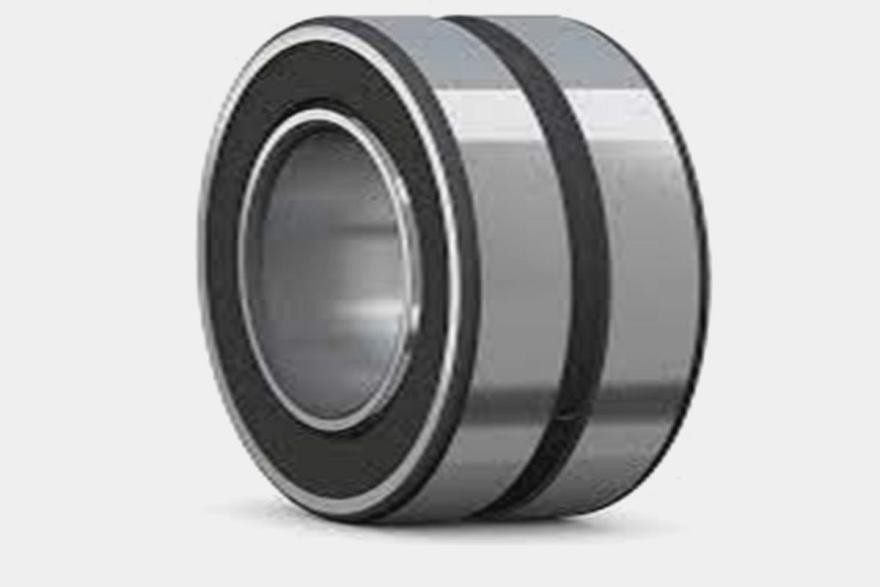
6 Conclusion
In conclusion, the maintenance of single row cylindrical roller bearings is a critical aspect of ensuring their longevity and optimal performance in various industrial applications. Throughout this article, we have explored essential maintenance tips that can significantly contribute to prolonging the life of these bearings. Let's recap the key takeaways and reinforce the importance of regular maintenance.
1. Regular Inspections: Conducting routine inspections allows for the early detection of wear, misalignment, or potential issues. Early problem identification is cost-effective and prevents unexpected failures.
2. Proper Lubrication: Ensuring that bearings receive the right lubrication in the correct quantity is paramount. Lubricants reduce friction, dissipate heat, and protect against contamination.
3. Installation Best Practices: The correct installation of single row cylindrical roller bearings is foundational to their performance. Proper handling, alignment, and adherence to manufacturer guidelines are essential.
4. Preventative Maintenance: Integrating preventative maintenance into your operational processes can significantly extend the lifespan of bearings. Regular lubrication, cleaning, and addressing identified issues prevent costly breakdowns.
By following these maintenance tips and best practices, you can ensure that single row cylindrical roller bearings continue to operate efficiently and reliably. Regular inspections and timely maintenance efforts contribute to cost savings, extended bearing life, and enhanced safety.
In your pursuit of optimal bearing performance and equipment reliability, it is crucial to prioritize a proactive maintenance approach. Don't wait for problems to arise; instead, implement a consistent maintenance schedule and adhere to manufacturer recommendations.
In closing, we encourage you to apply the knowledge gained from this article to your machinery and equipment. Regular maintenance is an investment that pays off in reduced downtime, lower maintenance costs, and the peace of mind that your single row cylindrical roller bearings will continue to serve their essential role in your industrial processes.
7 FAQs: Common Questions About Single Row Cylindrical Roller Bearings
In this section, we will address some frequently asked questions about single row cylindrical roller bearings to provide a comprehensive understanding of these critical components.
Q1: What Are Single Row Cylindrical Roller Bearings?
Single row cylindrical roller bearings are a type of rolling element bearing designed to support high radial loads while allowing for limited axial displacement. They consist of cylindrical rollers held in place by a cage between two concentric rings – the inner ring (usually attached to the shaft) and the outer ring (typically housing the bearing). These bearings are known for their excellent load-carrying capacity and ability to handle both radial and axial loads.
Q2: How Can I Ensure the Longevity of Single Row Cylindrical Roller Bearings?
Proper maintenance is crucial for extending the life of these bearings. Some essential maintenance practices include:
- Lubrication: Regularly lubricate the bearings with the appropriate grease or oil to reduce friction and wear.
- Monitoring: Periodically inspect the bearings for signs of damage, such as abnormal noise or temperature, and replace them if necessary.
- Alignment: Ensure proper shaft and housing alignment to prevent premature wear and load imbalances.
- Installation: Follow the manufacturer's guidelines for correct installation procedures.
Q3: Can Single Row Cylindrical Roller Bearings Handle High-Speed Applications?
Yes, single row cylindrical roller bearings can handle high-speed applications when selected and installed correctly. Factors such as bearing size, lubrication, and preload play a significant role in determining their suitability for high-speed operations. Manufacturers provide guidelines to ensure safe and efficient operation in such applications.
Q4: Are There Variations of Single Row Cylindrical Roller Bearings?
Yes, single row cylindrical roller bearings come in various designs to meet specific application requirements. Some common variations include bearings with different cage materials, internal clearances, and special coatings for increased durability and performance.
Q5: Where Can I Find High-Quality Single Row Cylindrical Roller Bearings?
To ensure the highest quality and performance, it is crucial to source single row cylindrical roller bearings from reputable manufacturers and distributors. Look for suppliers with a proven track record of providing precision bearings and excellent customer support.
This section has answered some common questions about single row cylindrical roller bearings. If you have more specific inquiries or require further information, do not hesitate to reach out to a bearing expert or the manufacturer for guidance tailored to your application.


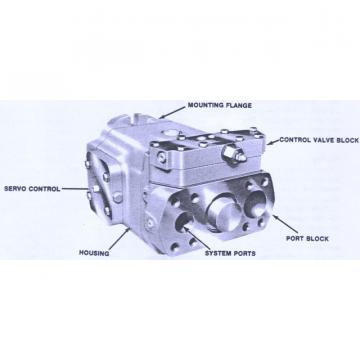 Dansion gold cup piston pump P30P-8L5E-9A4-A00-0B0
Dansion gold cup piston pump P30P-8L5E-9A4-A00-0B0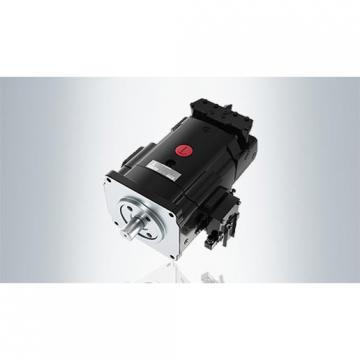 Dansion gold cup piston pump P30P-8L5E-9A2-B00-0C0
Dansion gold cup piston pump P30P-8L5E-9A2-B00-0C0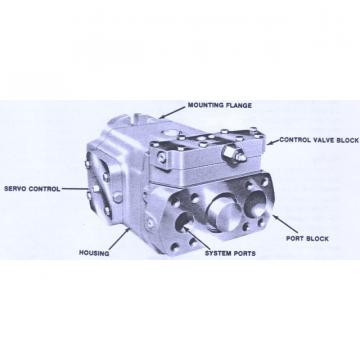 Dansion gold cup piston pump P30L-8L5E-9A7-A0X-B0
Dansion gold cup piston pump P30L-8L5E-9A7-A0X-B0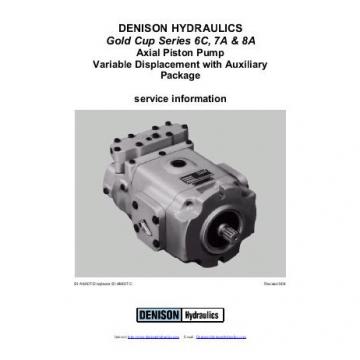 Dansion gold cup piston pump P30P-2R5E-9A7-B00-0C0
Dansion gold cup piston pump P30P-2R5E-9A7-B00-0C0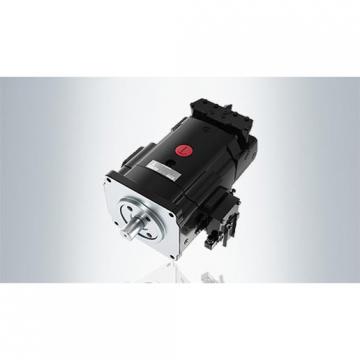 Dansion gold cup piston pump P30L-7R5E-9A2-A0X-D0
Dansion gold cup piston pump P30L-7R5E-9A2-A0X-D0